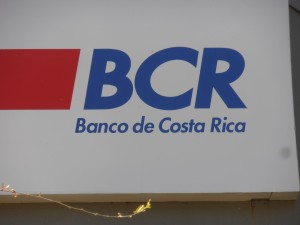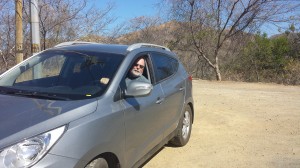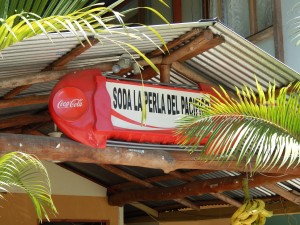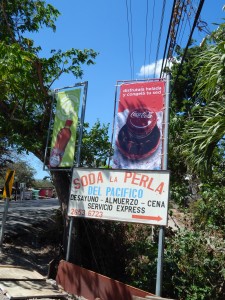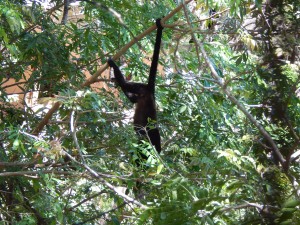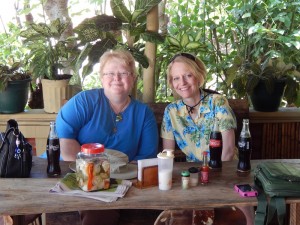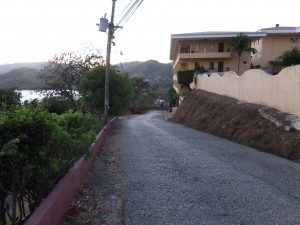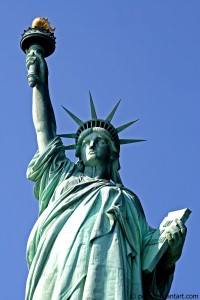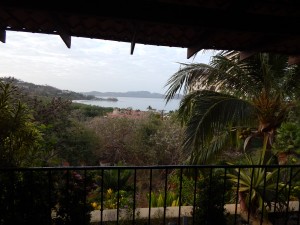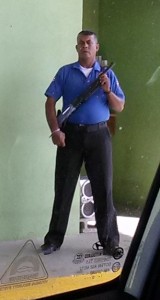 For more than 65 years, Costa Rica has had no standing army. In December, 1948, President Jose Figueres publicly handed the keys to the nation’s military headquarters, Bellavista, to the Minister of Education. President Figueres announced that Bellavista would become a national museum and the military budget would be redirected to education, healthcare, and environmental protection. With a literacy rate of more than 96%, a national healthcare system available to all, and environmentally protected lands equal to about 28% of Costa Rica, I’d say Figueres’s goal has been achieved. But it should come as no surprise that in a poor country crime is problematic particularly where money is involved.
For more than 65 years, Costa Rica has had no standing army. In December, 1948, President Jose Figueres publicly handed the keys to the nation’s military headquarters, Bellavista, to the Minister of Education. President Figueres announced that Bellavista would become a national museum and the military budget would be redirected to education, healthcare, and environmental protection. With a literacy rate of more than 96%, a national healthcare system available to all, and environmentally protected lands equal to about 28% of Costa Rica, I’d say Figueres’s goal has been achieved. But it should come as no surprise that in a poor country crime is problematic particularly where money is involved.
I filled-up my rental car with gas for the first time on a trip from Playa Flamingo to Playa Tamarindo. Standing outside the gas station in plain view was an armed security guard complete with shotgun and Glock. He looked like he knew how to use them and would not hesitate to take action. Although his presence was somewhat unsettling to me, I filled up and left uneventfully. On my next visit to the gas station, the armed guard was similarly placed and vigilant.
Gas stations (at least the ones I’ve visited so far) are not self-service. Attendants pump your gas, wash your windshield, and handle the transaction. I started talking with the attendant as he filled my tank and asked about the armed guards. He told me that because of the amount of money on hand at gas stations they are prime targets for robberies. In a country that is slightly larger than Vermont and New Hampshire combined and where the average per capita income is a little over $7,400 per year, I can understand why a lot of cash on hand would be a target for those desperate souls trying to escape poverty. The good news, according to the attendant, was that robberies were rare in the coastal touristy area we are in. He said robberies are more problematic in the urban areas such as San Jose. Still, it was disconcerting as it isn’t typical to openly see that level of security in the USA.
As an aside, in Costa Rica, the price of gasoline is set by the government and distributed to gasoline retailers by the state oil refinery, RECOPE. The price of gasoline is the same at all gasoline outlets across the country and is now ¢739 per litre (about $5.40 per US gallon). It costs me about ¢20,000 to fill the tank ($40 US).
Using the ATM
Mostly, I’ve used ATMs to get cash in the local Costa Rican currency (+/- 500 colones (₡) per US dollar). Although US dollars and credit cards are widely accepted, we decided to use the local currency as much as possible, particularly at small farmer’s markets and roadside stands, loaded with delicious fresh fruit and vegetables, to minimize exchange rate differences. Doing so also gives us a little more feel of the local culture. Although I am not yet an honorary Tico, I feel less like a Gringo when using the local currency.
Going to the bank added an additional level of security. Our good friends, Sam and Sunny (buenos amigos), are visiting from the USA and wanted to change some dollars to colones so we needed to actually go inside the bank…a first for me here. As Sam and I approached the frosted window doors, you couldn’t see inside the bank from the outside. A guard inside a closed foyer saw us approach and opened the locked door for us immediately asking us to empty our pockets on the table. He then passed a metal detector wand over each of us. Once he did that, a second guard opened the next locked door (also with frosted glass) to permit us entrance into the bank. Both were armed.
We must have looked as clueless as we were because the inside guard asked why we were there and helped us with the kiosk that gave us an appropriate service number. Much like waiting at the deli counter or DMV at home, you waited for your number to come up on the screen telling when it was your turn and what teller window to approach based on the type of transaction you need. Everything inside the bank was watched by the guard and recorded on video cameras. Once at the teller window, a showing of the passport was all that was required for the transaction (USA banks won’t even talk to you if you don’t have an account with them).
Seamless, quick…and secure.

